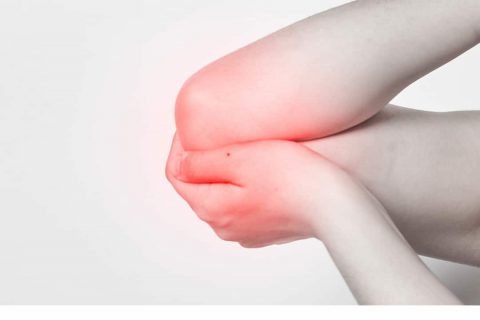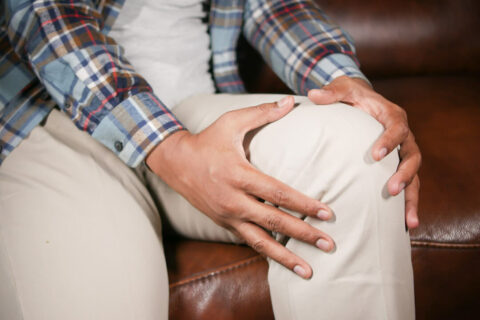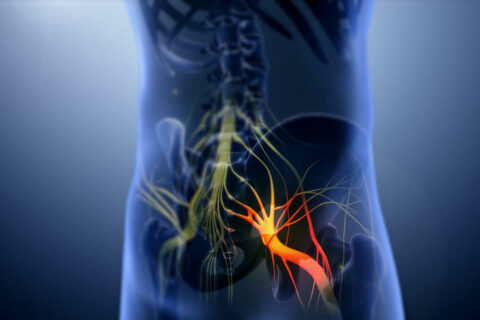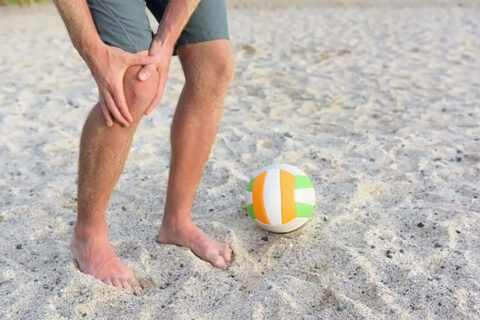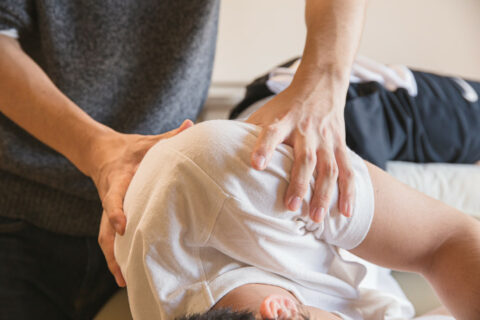Tennis Elbow

Tennis elbow, also known as lateral epicondylitis or enthesopathy of the extensor carpi radialis origin, is a condition in which the outer part of the elbow becomes painful and tender. This condition can vary from a mild ache to disabling pain. At its worst it can be painful to shake hands, open doors or even lift a coffee cup. Anything that involves gripping something will aggravate tennis elbow.
Despite its name, tennis is not the most common cause of this condition, in fact it is estimated that only 10% of individuals that suffer from this disorder actually play tennis. It was so named by British surgeon Henry Morris who published an article in the medical journal, The Lancet, describing “lawn tennis arm” in 1883. The condition is more commonly caused either by overuse or a sudden injury which fails to heal. There is usually an association with manual labour, use of vibrating tools and arm dominance. In some cases, the origin of pain may be coming from the neck.
Diagnosis and pathology
The pathological process is best described as an overuse syndrome involving the extensor muscles of the forearm. These are the muscles which extend the wrist backwards. To grip anything, the strongest position of the wrist is slightly extended. The main muscle involved is the extensor carpi radialis brevis (ECRB). Here the tendon’s enthesis, or tendon to bone insertion, becomes degenerated. The pain appears to come from the degenerated tendon rather than an inflammatory process. Thus, it is more a tendinosis than tendinitis which is why anti-inflammatory medication doesn’t help in the long term.
The diagnosis is usually made clinically without the need for radiological investigations. However, tennis elbow must be distinguished from other conditions which can cause similar pain such as radial nerve entrapment, cervical radiculopathy or bony conditions including osteoarthritis, inflammatory arthritis, and osteochondritis dissecans or a loose body.
Treatment
Conservative treatment is favoured over operative procedures which are usually only used if the condition doesn’t improve. In most cases it is self-limiting condition and resolves in anywhere from 6 months to 2 years. However, most people seek treatment to get an earlier resolution especially if pain is limiting their social or work activities. Some cases, about 10%, can prove recalcitrant.
Strengthening exercises are crucial to the long term treatment of this problem especially eccentric exercises. An eccentric contraction is the motion of an active muscle while it is lengthening under load. The purpose of these exercises is the strengthen the viable tissue in the tendon and so take load off the degenerative parts, thus relieving pain. Along with manual therapy a rehabilitation programme should be provided.
Manual therapy is provided to improve joint function around the elbow, wrist and neck. All parts of the neck and arm are involved in the normal function of the elbow. To concentrate only on where the pain is present at the elbow is t0 miss the importance of other parts of the body influencing the problem.
An Osteopathic approach will use a variety of techniques such as soft tissue therapy, joint mobilisation techniques, such as muscle energy techniques, along with a specific exercise programme to manage this condition as quickly as possible. A thorough evaluation of the arm shoulder elbow and neck will be carried out. If further investigations are indicated these will be discussed.
References:
Lateral Epicondylitis: A Common Cause of Elbow Pain in Primary Care

